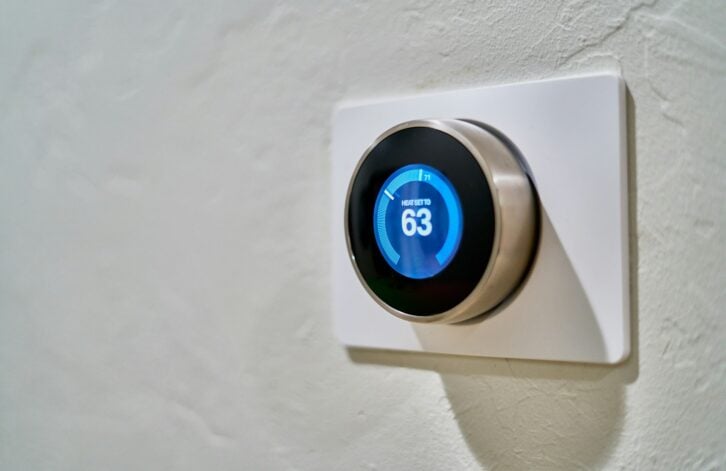In today’s fast-evolving urban landscape, mobility solutions are becoming an essential part of modern real estate developments. Property developers and managers are increasingly recognizing the importance of integrating smart mobility technologies to enhance convenience, efficiency, and sustainability within their projects. These solutions not only improve how people move within and around properties but also reshape the way buildings are designed and operated. As cities grow denser and residents demand more connected living experiences, smart mobility stands at the forefront of innovation in real estate.
Reinventing Connectivity and Convenience
The revolution in the real estate industry brought about by smart mobility solutions is making the flow of people, commercial tenants, and the rest of the urban space harmonious. As opposed to conventional means of transportation, these technologies use data, automation, and connectivity to facilitate the streamlining of movement within and beyond property lines. As an example, a coordinated transportation hub involving bike-sharing, electric vehicle (EV) chargers, and smart parking will give residents and visitors on-demand options to travel the first and last mile. This accessibility level saves on the use of personal vehicles and promotes sustainable commuting behaviours.
In addition, the mobility technologies promote the circulation in big developments. The use of automated shuttle services, smart elevators, and access control systems can make movement easier and enhance security. Such improvements lead to improved living standards of occupants because they spend less time waiting, get less congested, and receive real-time information via connected applications. What is produced is an occupant or user-friendly, responsive, and intuitive living or working environment.
The Urban Real Estate Sustainability Driver
In addition to convenience, a smart mobility solution can be crucial in supporting sustainability objectives in real estate projects. With the increasing concerns about the environment and the tightening regulations, developers are faced with reducing the carbon footprint of the project they are developing. The same mobility innovations (infrastructure of EVs, models of shared transportation) directly contribute to such efforts by reducing emissions and promoting greener alternatives to the ownership of standard vehicles.
With solutions to mobility, which emphasize clean energy and effective transportation strategies, real estate projects will be able to present themselves as progressive and environmentally conscious. This would not only attract environmentally friendly tenants but also investors seeking long-term value in long-term sustainable assets. Moreover, the information on smart mobility assists the developer and urban planners in streamlining traffic and minimizing traffic bottlenecks, which makes cities more sustainable.
Future of Real Estate: Mobile
The use of smart mobility solutions is transforming the way real estate communities are being planned, constructed, and managed. These technologies will mature and, with time, become standard features and no longer optional add-ons. Mobility has stopped being an issue of transportation only, but rather an establishment of connected ecosystems, in which people, places, and technology are in interaction.
Early adopters of such solutions can enjoy the advantage of higher tenant satisfaction, an operational performance boost, and a better position in the market. Mobility solutions allow properties to accommodate the needs of a new generation of occupants who are more concerned with flexibility, sustainability, and convenience via technology. Finally, the change of smart mobility is preparing the next phase of the real estate development, where innovative and humane design cannot be discussed separately.
To sum up, smart mobility solutions are an invincible force that is transforming the real estate business. These technologies can benefit developers, tenants, and cities in a variety of ways, helping to increase connectivity and convenience, improve sustainability efforts, and enhance the overall quality of life in the city. With urban centers becoming increasingly smart, smart mobility will be central to real estate developments to flourish in a connected and sustainable future.





